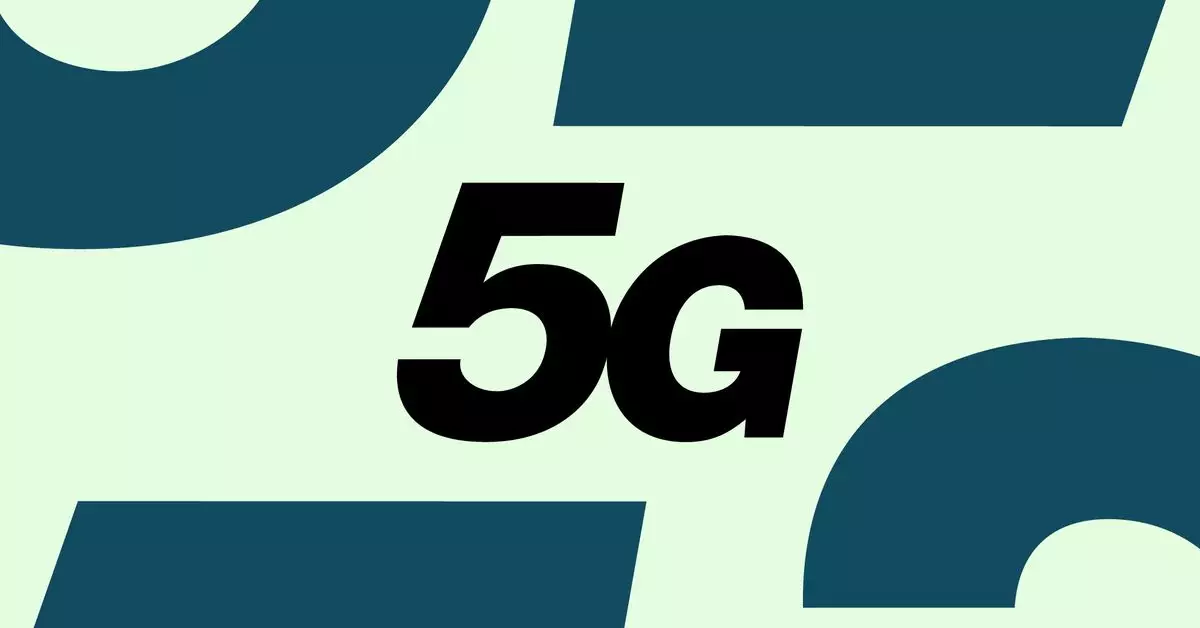The telecommunications industry is on the cusp of a significant shift with the introduction of RedCap, an innovative specification for 5G technology designed primarily for the Internet of Things (IoT). As defined by industry sources, RedCap—short for “reduced capability”—is a variant of the traditional 5G that focuses on low-bandwidth operations. This development is set to revolutionize how devices like wearables, sensors, and even surveillance cameras operate, enhancing their efficiency and functionality while keeping costs manageable.
RedCap is a game changer in the world of IoT. Unlike conventional 5G, which is geared toward high-speed data transfer for bandwidth-intensive applications, RedCap promises a robust performance for devices that require basic connectivity. With this in mind, we can anticipate seeing a surge in affordable cellular-connected devices, such as smartwatches and augmented reality (AR) glasses. The key advantage of RedCap is its ability to allow these devices to run longer on a single charge due to reduced energy demands—an essential factor for portable technology that typically struggles with battery life.
Major telecommunications operators like AT&T and T-Mobile are gearing up to launch their first RedCap-compatible devices. AT&T has made strides by testing this specification on its network, with plans to unveil its first offerings in 2025. Meanwhile, T-Mobile is poised to introduce its devices even sooner. There remains uncertainty regarding the specifics of these initial products; however, hints from industry experts suggest that they may include budget-friendly mobile hotspots and dongles.
The anticipation around these devices is further heightened by Qualcomm’s recent launch of the Snapdragon X35 modem chipset. Listed among its potential partners, T-Mobile and AT&T are among the players likely to adopt this technology, paving the way for a new generation of low-power, efficient mobile devices.
As we look ahead, the market is primed for an evolution served by RedCap technology. The introduction of devices that utilize this new standard is not merely a technical advancement but a catalyst for broader consumer adoption of connected devices. The affordability and efficiency of these products will likely encourage more users to integrate smart technology into their daily lives.
Furthermore, upcoming tech expos like CES could herald further revelations about the capabilities and designs of future RedCap devices. As the race to 5G continues, this new specification offers a glimpse into how technology can evolve to meet the diverse needs of consumers, particularly in realms where low bandwidth and minimal power usage are paramount.
With RedCap on the horizon, the telecommunications sector stands at a pivotal moment characterized by exciting potential. This initiative is set to foster a fresh wave of innovation, ultimately enhancing how we interact with the digital world through lightweight and power-efficient technology. As both AT&T and T-Mobile prepare for their respective launches, the true impact of RedCap will soon be revealed—opening up new possibilities for IoT applications and user experiences that were previously unimaginable.

